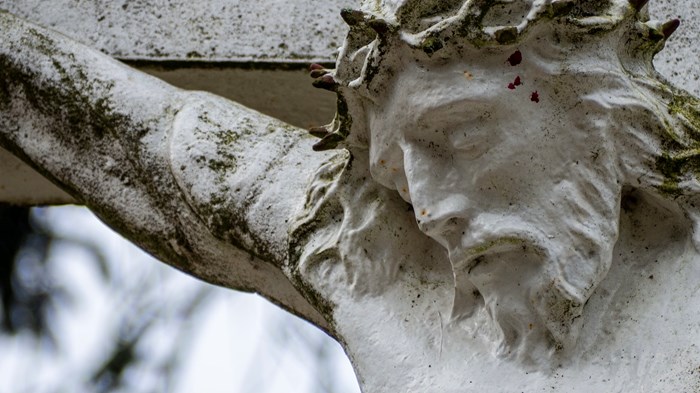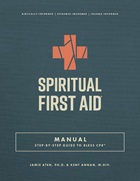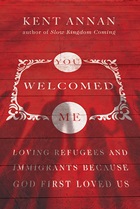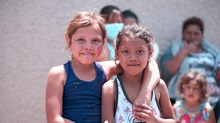Can Easter Contain Our Lament?

Over the last two years, Easter has taken on a different meaning in Sri Lanka. As we approach the holiday on our calendars once again, the memory of Easter 2019 remains fresh and raw in our minds. That horrifying and bloody Sunday morning is forever ingrained into our individual and national history and memory, when a group of extremist suicide bombers detonated themselves inside three different churches and hotels, killing 290 people and leaving 500 seriously injured. Among those killed was my own dear nephew. He was the 12-year-old child of my cousin and her husband, who was a pastor at one of the churches that was attacked. They remain inconsolable to this day.
The two-year investigation of these attacks leaves justice undone. The existential fear that tore through Sri Lanka following the Easter terrorist attacks came not only from the violence itself, but from surrounding political propaganda and knowledge that such evil could be festering below the surface in our society. Sri Lanka was barely beginning to pick up the pieces when 2020 brought about the global pandemic that has left the island’s economy in a dire state of decline. The mounting political tensions and rapid consolidation of power by a new government, the increasing destruction of the environment, various humanitarian and human rights violations and the pandemic have crippled the spirit of the country.
With all of these memories and tensions weighing on us, Lent has never been more striking and the thought of Easter so dreary for Sri Lankans. A dark cloud sits over us with no end in sight. I know that, although the circumstances are different, this weight is felt not only here but in many other parts of the world as they are facing their own crises and catastrophes. This widespread disillusionment raises an important question for the Christian community. How can and how does one celebrate Easter in this climate?
Part of the struggle to see Easter in terms of a blend of joy and sorrow is theological in nature. Firstly, if Easter celebrations are truly an exercise in eschatological longing for the return of Christ and our own resurrection, when the whole world will be put right, then it is appropriate to celebrate with an evident sense of both angst and hope in tension. While Easter has inaugurated a new world, it has only declared its progressive arrival and future consummation. It has not fully expelled the reality of evil and suffering. This may especially ring true to those who cannot escape or suspend the acute experience of evil and injustice around them. Easter has given us something to long for, look forward to and “grieve with hope” (1 Thess 4:13).
That being said, many of us tend to see Easter as superseding and overshadowing Good Friday. The Resurrection is seen as eclipsing and replacing the cross. Between Friday and Sunday, the rugged cross is worked on, smoothed out and polished into the flawless symbol of victory and conquest. It is worth pondering then, what really is the relationship between Easter and Good Friday apart from their chronological ordering?
Vinoth Ramachandra, a renowned Sri Lankan theologian, in his recent book on suffering and Christian hope, writes that “the central truth of the Gospel has often been deformed by Christians eager to present the resurrection of Jesus as a reversal of the cross, a cancellation, a magic ‘answer’ to suffering, disability and the end of all human limits.” He says, “The resurrection is then either deployed solely as an apologetic argument or else to serve a triumphalist ideology of health and worldly success.” Instead, Ramachandra proposes that Easter be seen as a double vindication. First, it is a vindication of Jesus’ identity as the Messiah and Son of God (John 17:1–6; Acts 2:31-33) and secondly, it is a vindication of the pattern of life that Jesus exemplified, a vindication of “the path he chose to tread” (Phil 2:5-11; 1 John 2:6).
Seen this way, Easter helps us see how Jesus’ incarnation, life and ministry climaxes on the cross to not just merely attain our redemption, but to also reveal something about the nature of God. Rather than seeing the cross as the point where Christ’s human nature won out until his divine nature “[broke] through in triumph in the resurrection from the dead.” Ramachandra, drawing on Karl Barth, notes “that the divinity of God was displayed most clearly in the lowliness of the cross, while the glory of man is displayed in the resurrection.” As Alan E. Lewis puts it, “What the resurrection has told us about the man now laid before us in a cemetery, at the end of a life begun in a cowshed and concluded on a cross, is that this is God incarnate… What the good news of Easter does so stunningly to the Jesus story is confirm that after all, in the person who lives so humanly and with such inhumanity was put to death, we have been witnesses to heavenly love embodied and enacted.”
The true content of Easter is often missed when everything seems to be going well. The commercialized version of Easter cannot help. My hope is that the Christians in Sri Lanka will recover a non-glamorous meaning for Easter this April 4th, 2021. It is an understanding of resurrection in direct relationship to the cross, not merely chronologically, but theologically and Christologically, that will sustain us as we (Sri Lankans) celebrate Easter with absolute soberness and a sense of “How long O Lord?” The Christ who rose from the dead did so inaugurating a new humanity, a new way of being. For the Christian, this way of being in the world means being in solidarity with the broken, marginalized, oppressed and mistreated while at the same time looking to the resurrection of our own bodies and the universe itself.
Therefore, the options for the Sri Lankan Christian this Easter are not sorrow or joy, celebration or Lament but a strange mix of both. Can Easter contain our lament? Can it sustain our deepest sense of distress and perturbance in this current situation? In the words of Bonhoeffer, “only the suffering God can help'': now and in the future, because of both Good Friday and Easter, the cross, and the resurrection.
Nathanael is a Lecturer at Colombo Theological Seminary, Sri Lanka. He teaches in the areas of theology and pastoral ministry. He also serves as an Associate Pastor at his local church (CRC Church, Sri Lanka) and is an emerging voice at the intersection of Theology and Culture in Sri Lanka. His writing pertains to topics like Church Unity, Christian Worship in a Pandemic, and The Importance of Imagination. As a Wheaton College graduate, he is passionate about understanding and exploring the ways in which God's Word relates to God's world.
Resources:
Ramachandra, Vinoth. Sarah's Laughter: Doubt, Tears and Christian Hope. S.l.: Langham Global Library, 2020.
Lewis, Alan E. Between Cross and Resurrection: a Theology of Holy Saturday. Grand Rapids, MI: W.B. Eerdmans, 2003.
The Better Samaritan is a part of CT's
Blog Forum. Support the work of CT.
Subscribe and get one year free.
The views of the blogger do not necessarily reflect those of Christianity Today.




















